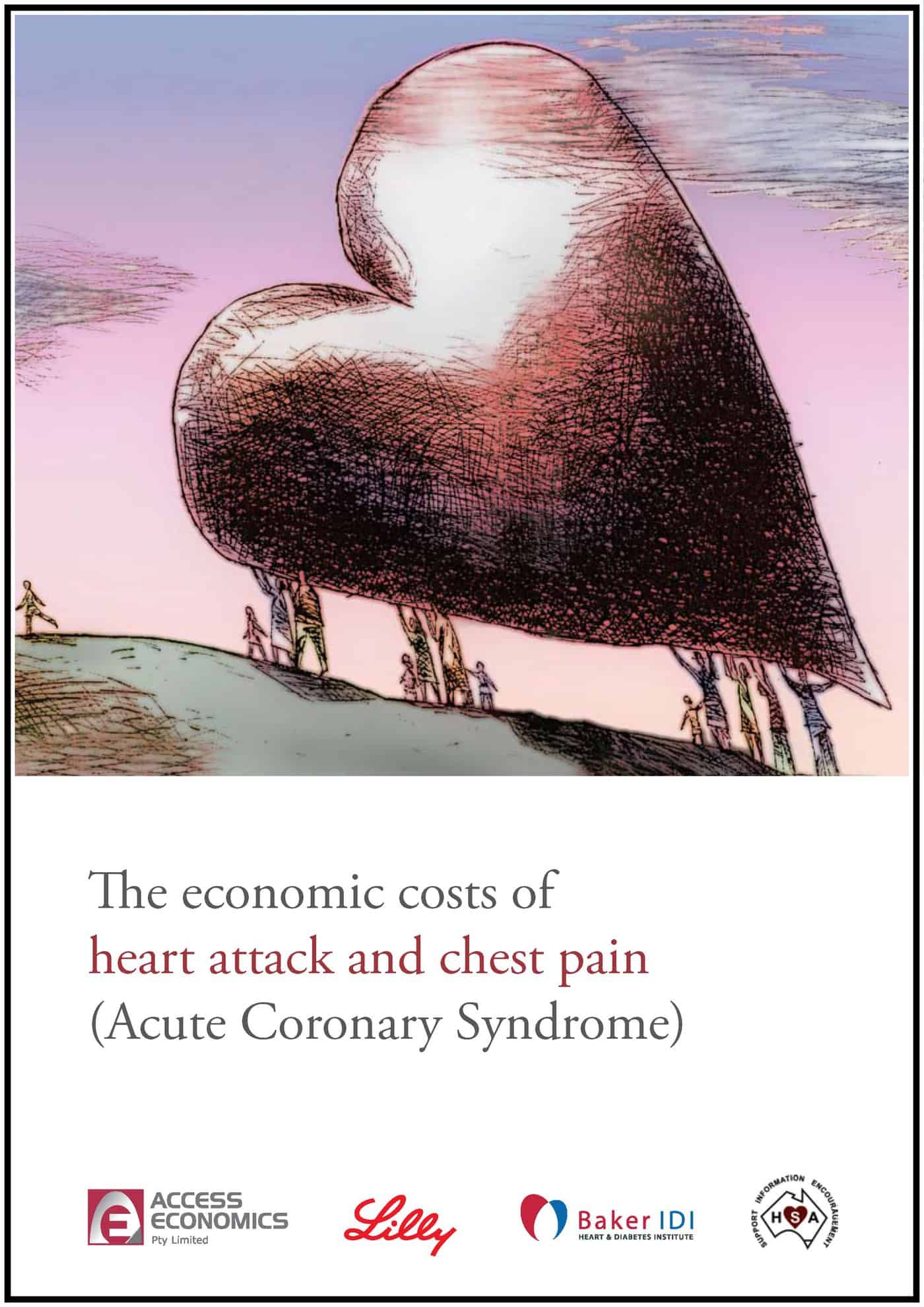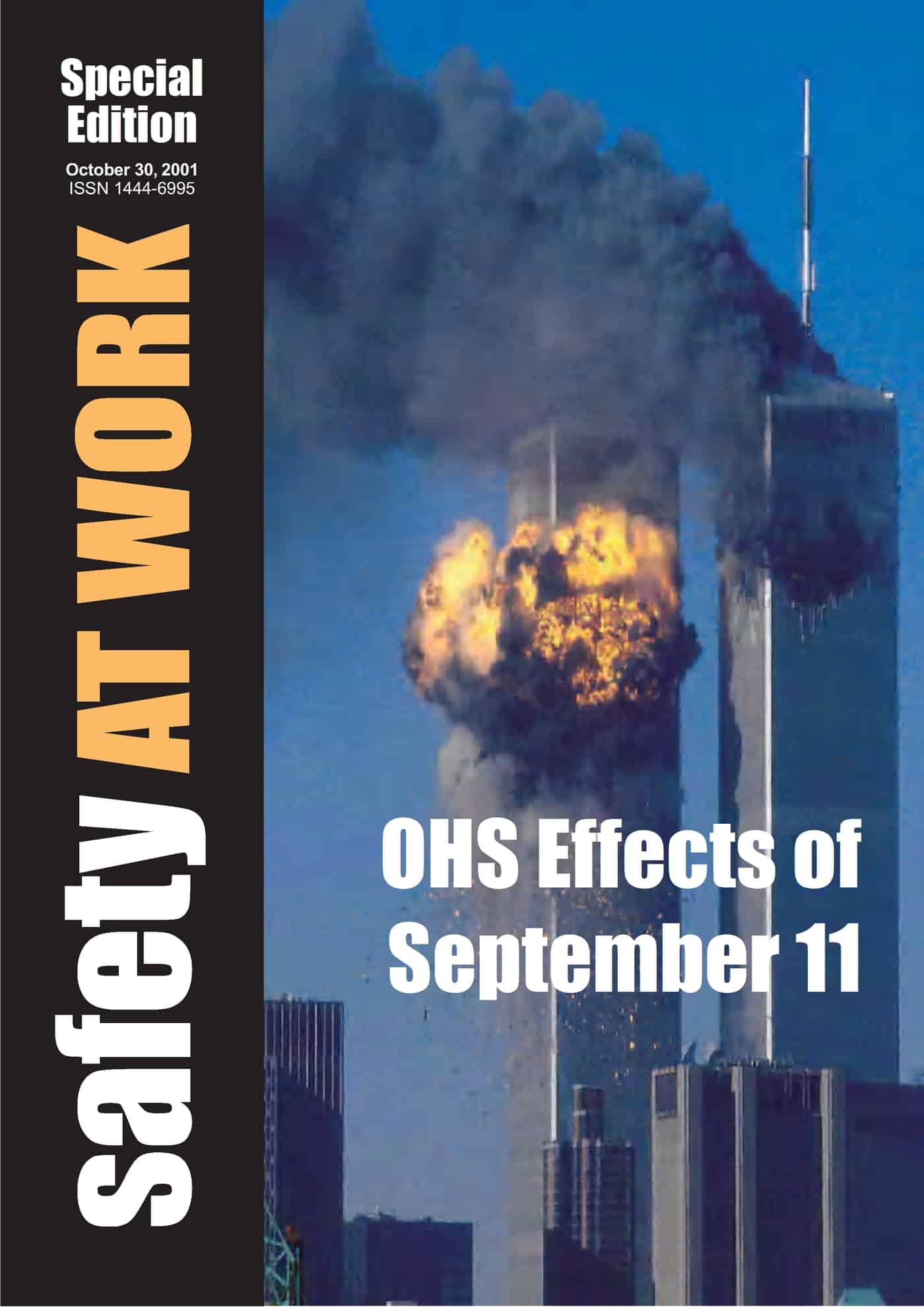A new Australian report estimates the total costs of heart attack and chest pain (Acute Coronary Syndrome or ACS) to the Australian economy – “total economic cost of $17.9 billion.” This Access Economics report, released in June 2009, has broad application for public policy but has some relevant information for safety and health management in the workplace.
 If we take “productivity” as applying to work, as is reasonable, the report states that for 2009
If we take “productivity” as applying to work, as is reasonable, the report states that for 2009
“Indirect [health care system] costs [from ACS] are expected to account for $A3.8 billion, primarily due to lost productivity.”
This is a useful statistic for those workplace health advocates. In fact, the report specifically identified the workplace as
“…an excellent environment to facilitate the ongoing rehabilitation and lifestyle changes to prevent the re-occurrence of ACS event”.
One gap it identified in the treatment and monitoring of ACS was something that many have been advocating for some years, particularly with the aging population and increasing obesity rates:
“a standardised national program to support employees and employers and the extension of rehabilitation practices.”
Much of the report advocates important rehabilitation resources and services for when the patient is discharged from hospital. The report includes the following graphic but also recommends the basic elements of post-hospital care after an ACS event.

“For rehabilitation to be effective, comprehensive patient follow-up interviews after discharge are essential. At these follow-up interviews, the patient should undergo both physical assessments (e.g. blood pressure, cholesterol tests, ECGs) and emotional and psychological assessments (e.g. signs of depression, anxiety, stress, financial hardships). The psychological impact following an ACS event is an important, but often neglected, area in the management of ACS. Thus, if patients can better understand their conditions, it can empower them to cope with their anxieties caused by ACS.”
In specific reference to workplaces, the report says:
“Returning to work can require an adjustment in duties and the conditions under which the employee works.”
It is up to OHS and return-to-work professionals to determine exactly what strategies should be applied in these circumstances.
There were a couple of references in the report that may be worth following up:
Bhattacharyya MR, Perkins-Porras L, Whitehead DL, and A Steptoe (2007), Psychological and clinical predictors of return to work after acute coronary syndrome, European Heart Journal, Vol 28, Iss. 2, pp. 160-165.
Kovoor P, Lee AKY, Carrozzi F, Wiseman V, Byth K, Zecchin R, Dickson C, King M, Hall J, Ross DL, Uther JB, and AR Denniss (2006), Return to full normal activities including work at two weeks after acute myocardial infarction, American Journal of Cardiology, Vol 97, No. 7, pp. 952-958.


![Media -0x1.8b5ce0p-63lert- 52392336nal[1] - crime Media -0x1.8b5ce0p-63lert- 52392336nal[1] - crime](http://safetyatworkblog.files.wordpress.com/2009/06/media-0x1-8b5ce0p-63lert-52392336nal1-crime.jpg?w=191)
![p090616615[1] cover p090616615[1] cover](http://safetyatworkblog.files.wordpress.com/2009/06/p0906166151-cover.jpg?w=212)
![p090616616[1] cover p090616616[1] cover](http://safetyatworkblog.files.wordpress.com/2009/06/p0906166161-cover.jpg?w=212)

